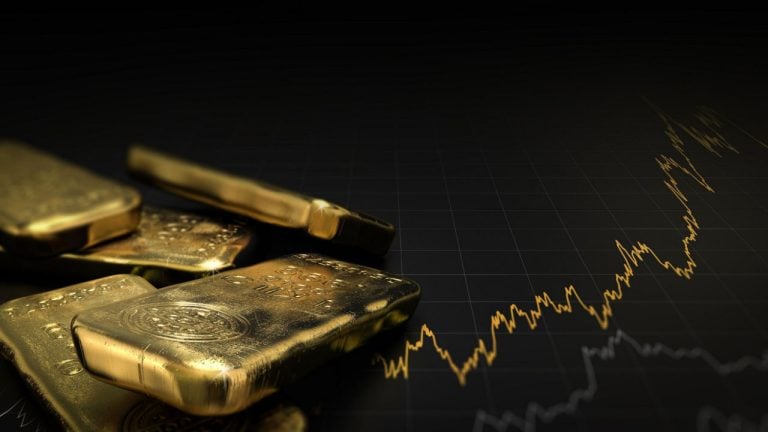
A blockchain platform built by Russia’s largest banking institution, Sber, has been used to issue digital assets based on gold. The value of the tokenized precious metal will depend on the prices of physical gold, the bank said, emphasizing that the operation is a first.
Russia’s Sber Bank Mints Gold-Backed Coins
Sber, Russia’s largest bank, has reported issuing gold-based digital financial assets (DFAs) on its proprietary blockchain. The coins were minted for Solfer, a holding specialized in the processing and trading of metals and making products from precious metals.
The Russian law “On Digital Financial Assets,” which entered into force in January, 2021, allows companies to tokenize various assets. Sber Bank is one of three “information system operators” authorized by the Bank of Russia to issue DFAs, alongside Atomyze and Lighthouse. The latter conducted Russia’s first DFA issue in June of this year.
The DFA issued for gold represents a monetary claim on the asset, Sber explained. Its price and the obligations associated with it will depend on the dynamics of gold prices, the bank elaborated in an announcement, noting this is the first transaction of this kind on its blockchain.
“We were attracted by the new digital format for gold, and we decided to try a new way to diversify the company’s balance sheet … We think that a new format of investment in precious metals can find its niche in the market,” commented Maxim Nazhmetdinov, the chief executive of Solfer.
“The deal demonstrates interest from the market and the real sector in a new instrument that can become a good alternative to investments within the de-dollarization of the economy,” First Deputy Chairman of Sber’s Board Alexander Vedyakhin stressed.
Pressed by sanctions over the war in Ukraine, Russia has been preparing to broaden its legal framework for DFAs to also cover decentralized cryptocurrencies. While there is a general consensus among regulators in Moscow against the free circulation of bitcoin in the country, the government is considering legalizing crypto payments in international settlements.
Sber intends to expand the DFA product line in the future in order to attract more corporate clients to its blockchain platform. According to an earlier statement by Vedyakhin, the bank also plans to allow individuals to use the blockchain for digital asset transactions in the spring of 2023.
Do you think more Russian companies will start tokenizing various assets in the future? Tell us in the comments section below.
from Bitcoin News https://ift.tt/nHcS8q7
Comments
Post a Comment